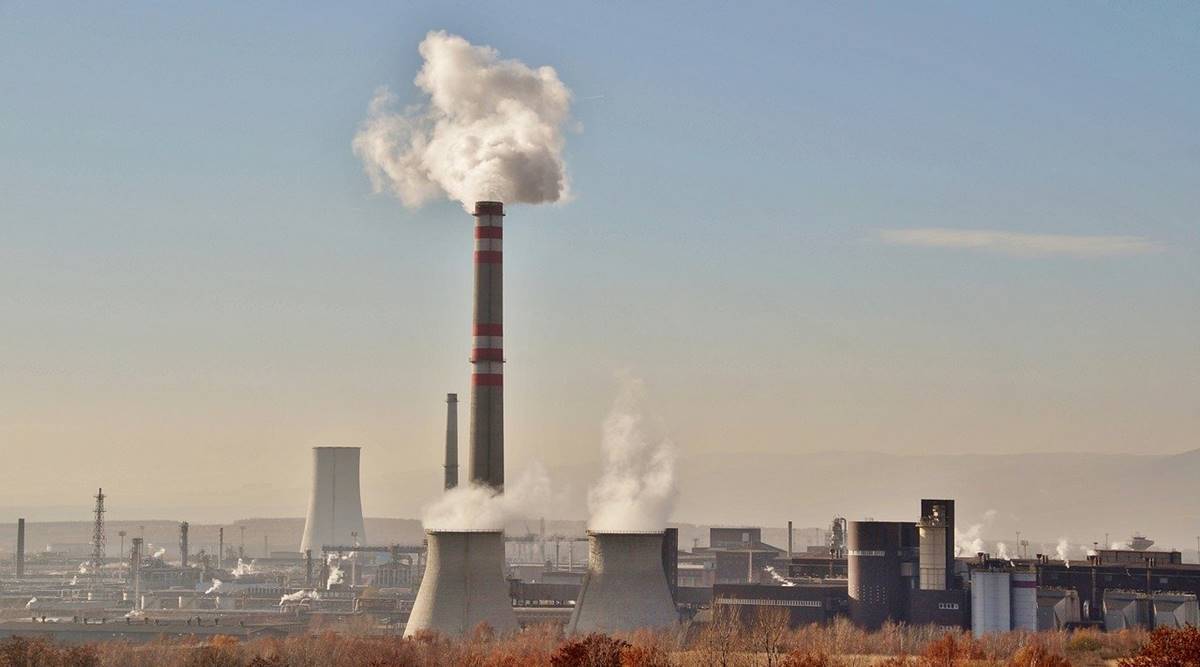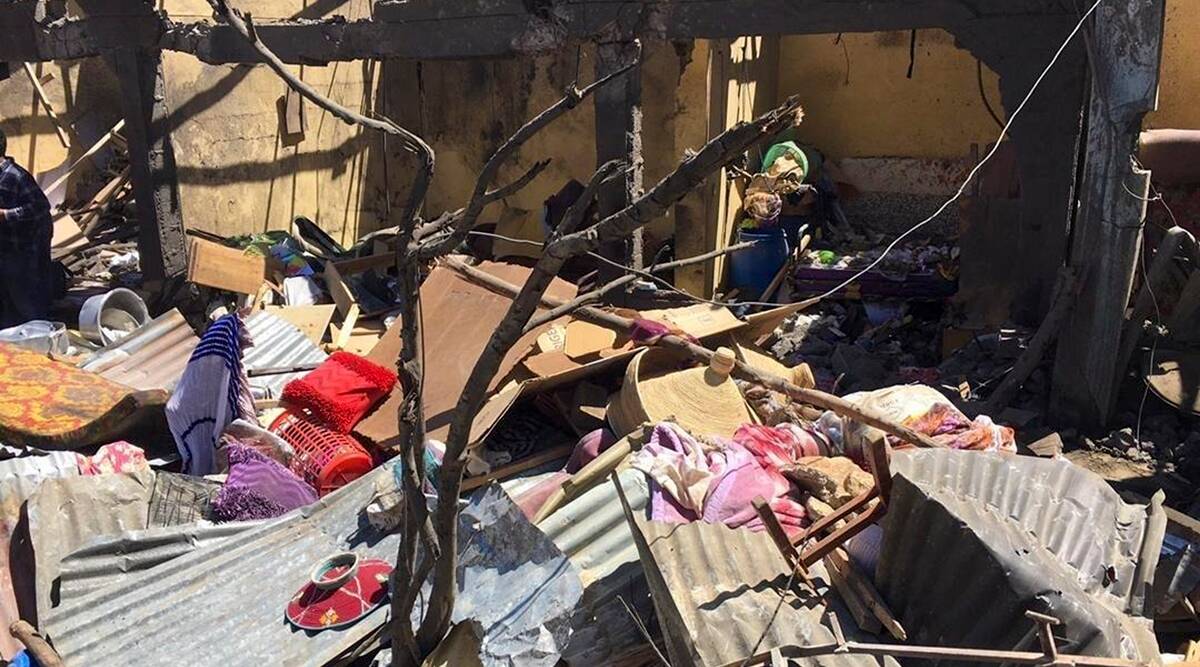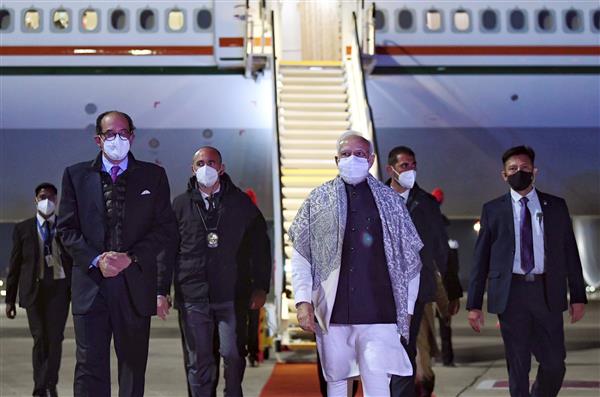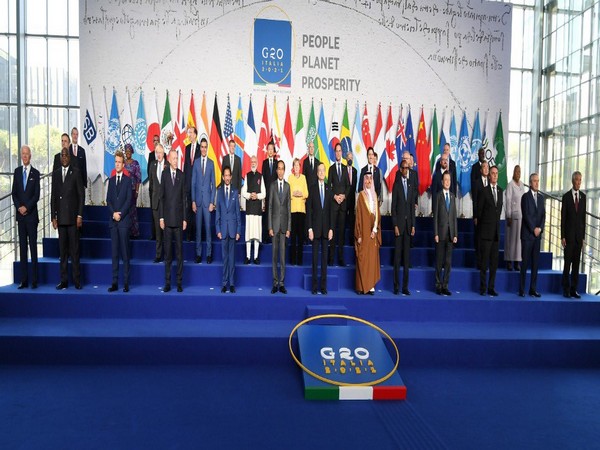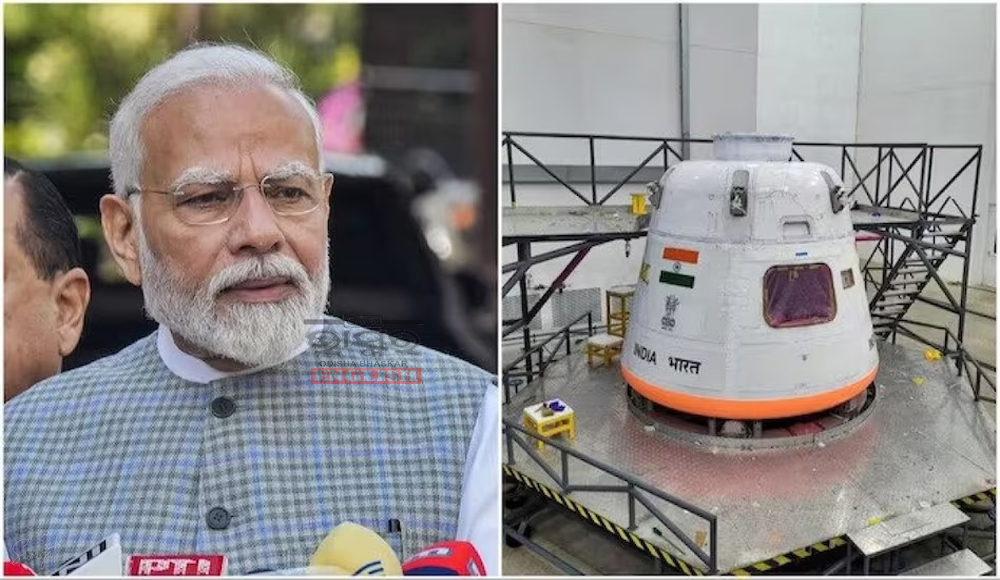
10/17/2023
New Delhi, Oct. 17: In a major boost to India’s space program, Prime Minister Narendra Modi on Tuesday announced that the country aims to send an astronaut to the moon by 2040. He also directed the Indian Space Research Organization (ISRO) to develop a space station by 2035. These ambitious goals come at a time when India is already celebrating the success of its Chandrayaan-2 mission, which landed a rover on the moon’s south pole in 2019.
Moreover, it should also be noted that India is also a member of the Artemis program, an international effort to return humans to the moon and establish a sustainable presence there, as per a report carried by news agnecy Reuters.
India‘s space ambitions got a boost when it became the first country to land a spacecraft near the unexplored south pole of the moon in August, just days after a similar Russian mission failed, and the fourth overall to achieve a soft landing.
After that success, India launched a rocket to study the sun and is scheduled conduct a test later this week as part of its crewed space mission.
“Prime minister directed that India should now aim for new and ambitious goals, including setting up ‘Bharatiya Antariksha Station’ (Indian Space Station) by 2035 and sending first Indian to the moon by 2040,” the government said in a statement.
“To realize this vision, the Department of Space will develop a roadmap for moon exploration,” it added. Modi has also called on scientists to work on missions to Venus and Mars.
ISRO Chairman S.Somanath said there will be three more test flights TV-D2, TV-D3 and TV-D4 to test the systems.
“Preparations for the Flight Test Vehicle Abort Mission-1 (TV-D1), which demonstrates the performance of the Crew Escape System, are underway,” ISRO had said recently. The first development flight Test Vehicle (TV-D1) is in the final stages of preparation. The Test Vehicle is a single-stage liquid rocket developed for this abort mission.
The Crew Module will house the astronauts in a pressurised earthlike atmospheric condition during the Gaganyaan mission. The Crew Module for the Gaganyaan mission is in different stages of development. For the Test Vehicle Abort Mission-1 (TV-D1), the Crew Module is an unpressurised version that has completed its integration and testing and is ready to be shipped to the launch complex.
On the heels of its successful Chandrayaan-3 and Aditya-L1 missions, the Indian Space Research Organisation (ISRO) is preparing to embark on a bold new mission to Venus, our neighboring planet. Dubbed Shukrayaan-1, this mission will unravel the mysteries of this fiery sister planet and shed light on its potential habitability.-Agencies

